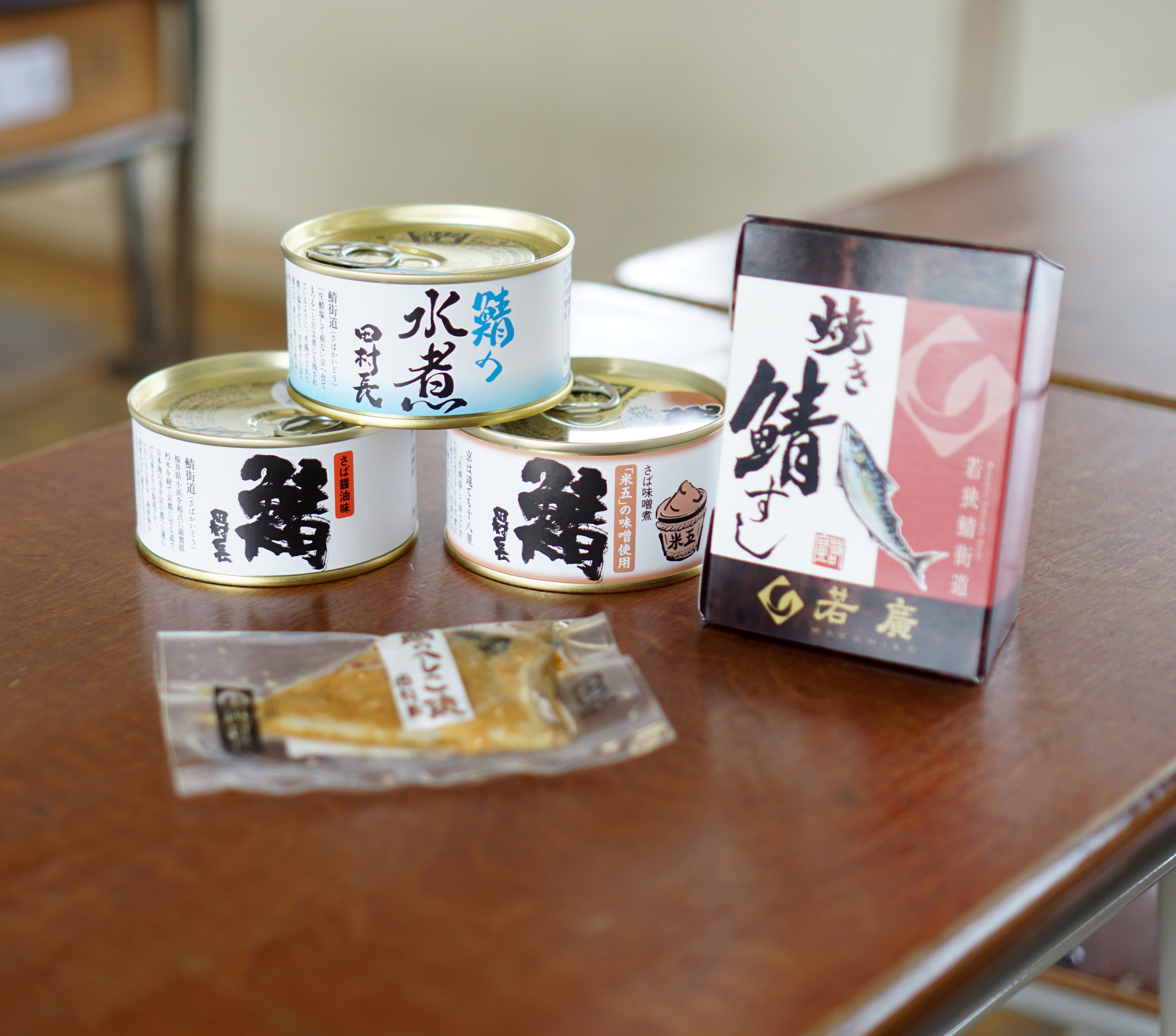[ Swift Sport ] ETC Toll Road Reader (Modifications, Part 4)
Living in America around Los Angeles, we are blessed with a wide network of freeways that have no toll charges. Granted, they are always congested even in the late hours of the evening, but most of these expansive roads are free. However, in Japan, there are primarily only two types of roads: well-maintained, expensive toll roads and congested, tiny local roads.
The network of ETC (Electronic Toll Collection) toll roads connects most areas of Japan into a quick, convenient network. From Tokyo to the countryside, the roads usually cut through or go over the mountainous and watery terrain with wide one or more smooth lanes. Not to mention the posted speed limits are much higher than the local roads they bypass, usually around 70 km/hr to 100+ km/hr (44 to 62+ mph).
However, they are expensive. For example, it costs 1240¥ ($11.50 USD) to go about 40 km from Obama City to Tsuruga City, a roughly half-hour drive. This saves potentially about 20-30 minutes compared to local roads. While this cost over distance varies greatly with different companies in different regions, generally none of them are cheap to use… such is the cost of convenience. You can check fees and more information at https://www.go-etc.jp/
In order to access this network, you have essentially two options: install an ETC Toll Reader in your car and link a credit card to an ETC card or pay per-trip with general tickets. Paying at the machine or to staff members takes time and is inconvenient, especially if you take multiple, connected toll roads or use the roads frequently. Using an ETC Reader saves time with the wireless, electronic sensors that reads at the gates, requiring only slowing down a bit when passing through. You can also save money, since there is a slight discount only on weekends.
Here is my local ETC Toll Road Interchange, the Obama I/C. As you can see, there are a few entrances and exits, but they are marked as ETC users (purple), general users (cash or sometimes credit card / green), or either (purple and green). There is also a traffic signal sometimes denoting if the lane is open or closed. Make sure you do not make the mistake and enter the wrong one, especially if you enter the ETC user only lane and you have a general ticket. Since there is no payment machine, you will get stopped at the toll gate and hopefully, a staff member will come quickly to relieve you of your stupidity. Meanwhile, people are honking at you from behind. Ask me how I know this.
After picking up my Suzuki Swift Sport, I thought this was an important modification I absolutely needed. You can buy an ETC Reader from most car shops, starting around 6000¥ for a new unit to around 2000¥ for a second-hand unit from places like Upgarage. I opted for a used unit, since they are solid-state machines are are unlikely to break. Just make sure you buy a fairly new unit that says “ETC 2.0,” as I have read that the older ETC units will be unusable sometime in 2022.
The installation is pretty straight-forward, much like any other accessory installed in your car. While there are some ETC units that use a 12V car power adapter, most use an inline electronic tap to connect to the accessory-powered line and some grounded line. In this case, it was easier for me to tap into the line connected to the 12V power connector. My card reader went into the glovebox and the antenna was routed along the passenger A pillar and up near the top of the windscreen, attached with double-sided 3M tape.
That is only the first step. After installation, you need to register the current automobile with the reader, so swapping ETC readers between cars is not allowed. This registration can be done at many automotive shops, so the easiest for me was to go to the local Autobacs (like Pep Boys in the US).
Finally, you will need one more thing: an ETC Card. These are fairly easy to obtain from a variety of sources, as long as you have a credit card. I currently use a Rakuten Credit Card and since they also provide an ETC card, I simply requested one from them, free-of-charge. Slide the card into the reader and the blue light on the antenna turns blue to show it is active. (The light is off on my unit if there is otherwise no card. Some units will show a red light, others will have no LEDs at all.)
Altogether, this cost me 5700¥ ($52 USD) to buy a used reader, install it myself, and register it at the local Autobacs. It may not be very cheap, but with the weekend discount, the little machine can pay for itself over about a dozen usages or so, depending on how distant my trips are.
It can definitely prove useful on future road trips, though, strangely enough, not so much for me. I actually typically prefer using local roads to travel around Japan, unless I’m in a hurry or travelling with friends to save on time and cost. Driving local roads is actually a lot of fun for me, as it is the best way to see unique sights and hit fun roads…
One sad thing to note is that initially toll roads were implemented as a way to connect Japan with the promise that the cost would decrease over time once the cost of construction was covered. However, toll costs continue to stay the same or even increase over time as a way for companies and the government to collect fees and continue to expand the network.













